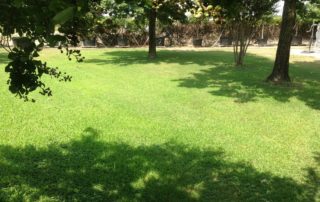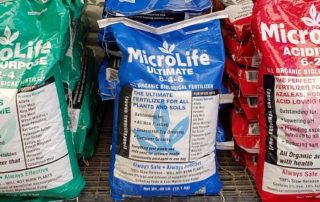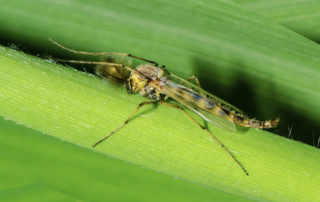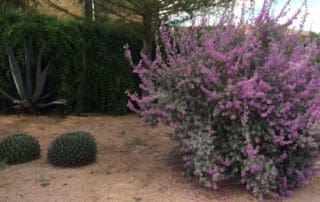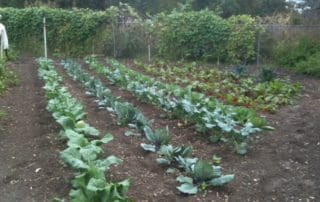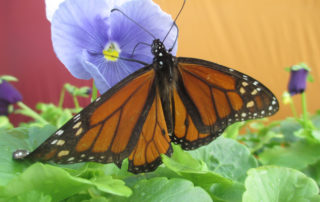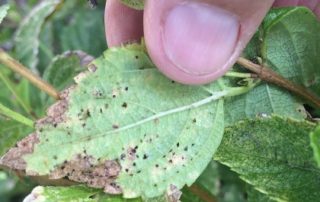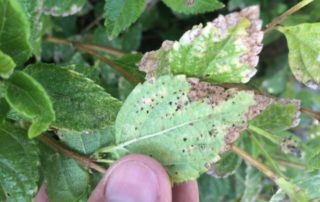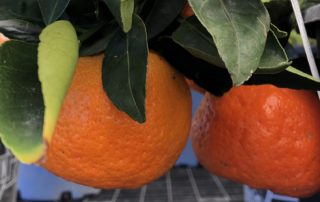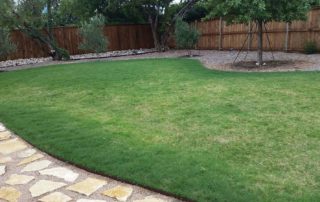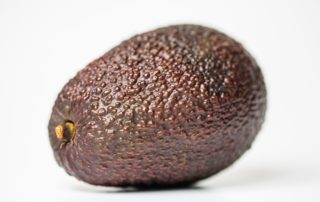Mum’s the Word
Most of us think of mums as a fall flower to put in a pot by the front door to welcome in the cooler weather, and they certainly pair well with pumpkins as a fall decoration. When grown in a container, mums do not need additional fertilizer. Regular watering is a must, as wilting shortens the life of the flowers. Be sure to soak the soil thoroughly, and do not let water stand in a saucer beneath the pot. Water the soil, not the plant, as water on the flowers [...]


